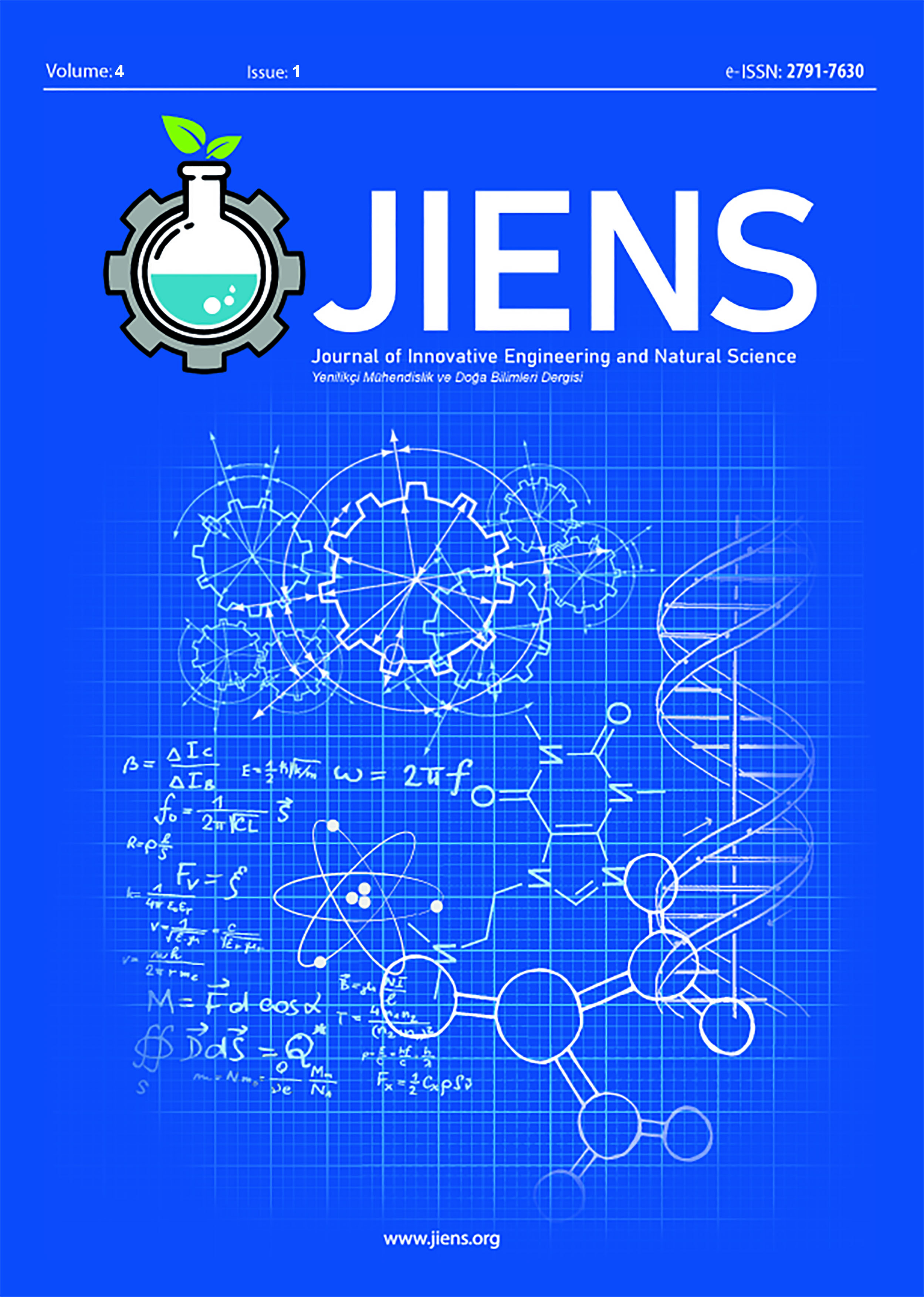Author :
Abstract
Particulate matter (PM) must be removed from the air because it is a serious threat to human health. Micro and/or nanoporous nonwoven fabrics are commonly used to filter these particles. In our study, the filtration performances of nanofibrous mats, which were obtained by combining fibers produced by two different production methods in a layered and bimodal manner, were evaluated. Fibrous layers produced by the meltblown (MB) method were obtained with similar fiber diameters and different thicknesses by different feeding speeds. Bimodal structures obtained by adding fibers with an average diameter of 225 nanometers produced by the solution blowing (SB) method into fibers with an average diameter of around 800 nm obtained at 1, 5 and 10 rpm screw rotating/feeding speeds had higher filtration performance than the samples without SB nanofibers. Then, among the 4 samples with an average basis weight of 15 gsm, the sample MB only without (electro-blown nanofiber); the EB sample contains only EB nanofibers; the sample (L) containing 4 gsm EB nanofibers and the 4-layer sample (4L) containing 4 gsm EB nanofibers (138 nm) were compared. The 4L sample had the highest quality factor (0.0353) with a filtration efficiency of %96.01 and a pressure drop of 135 Pa. Although the filtration efficiency increased in all samples with the subsequent corona treatment, the highest value (99.34%) was obtained from the 4L sample.
Keywords
Abstract
Particulate matter (PM) must be removed from the air because it is a serious threat to human health. Micro and/or nanoporous nonwoven fabrics are commonly used to filter these particles. In our study, the filtration performances of nanofibrous mats, which were obtained by combining fibers produced by two different production methods in a layered and bimodal manner, were evaluated. Fibrous layers produced by the meltblown (MB) method were obtained with similar fiber diameters and different thicknesses by different feeding speeds. Bimodal structures obtained by adding fibers with an average diameter of 225 nanometers produced by the solution blowing (SB) method into fibers with an average diameter of around 800 nm obtained at 1, 5 and 10 rpm screw rotating/feeding speeds had higher filtration performance than the samples without SB nanofibers. Then, among the 4 samples with an average basis weight of 15 gsm, the sample MB only without (electro-blown nanofiber); the EB sample contains only EB nanofibers; the sample (L) containing 4 gsm EB nanofibers and the 4-layer sample (4L) containing 4 gsm EB nanofibers (138 nm) were compared. The 4L sample had the highest quality factor (0.0353) with a filtration efficiency of %96.01 and a pressure drop of 135 Pa. Although the filtration efficiency increased in all samples with the subsequent corona treatment, the highest value (99.34%) was obtained from the 4L sample.
